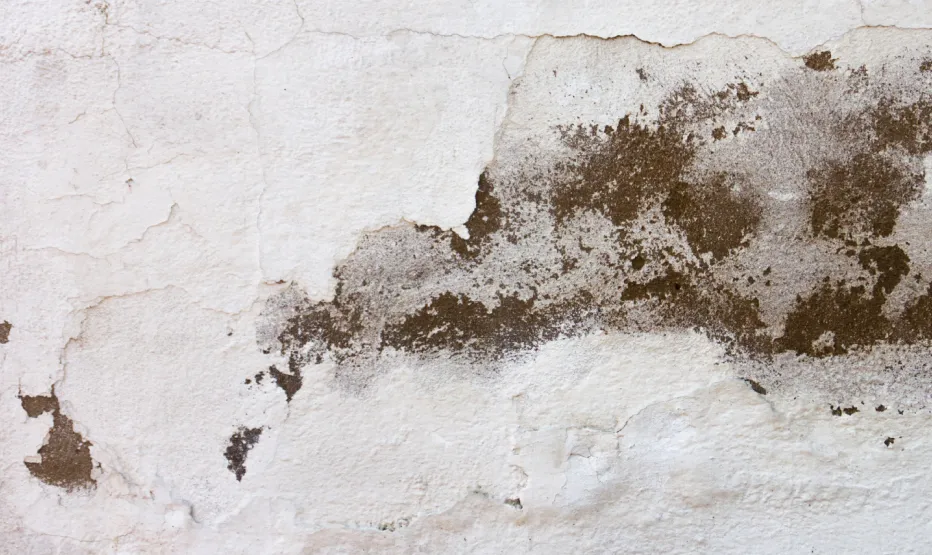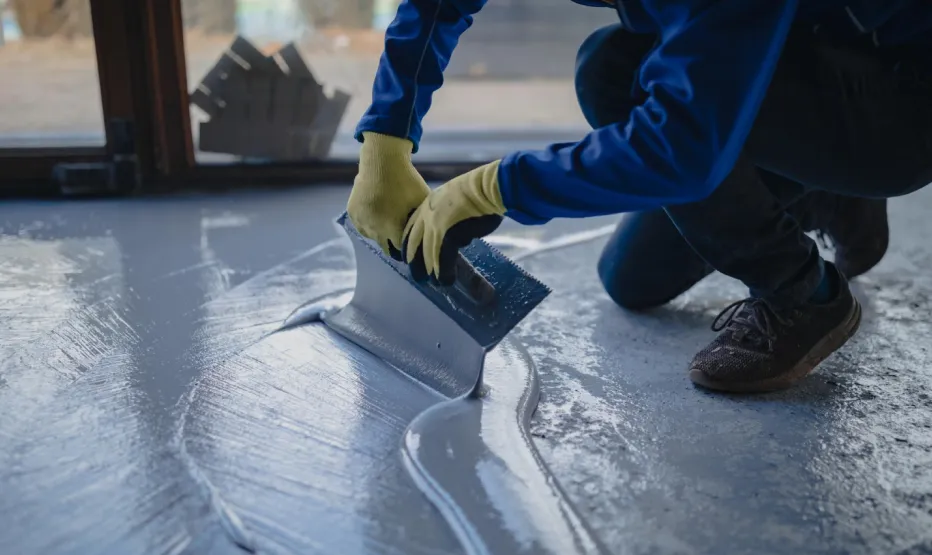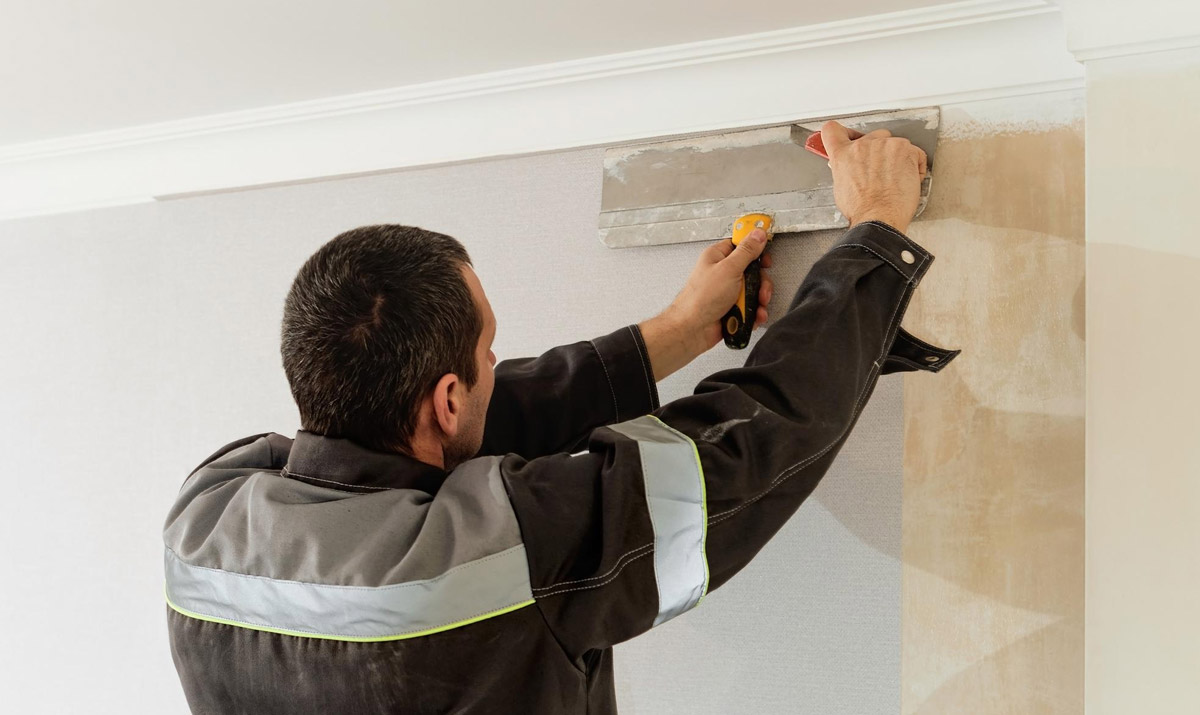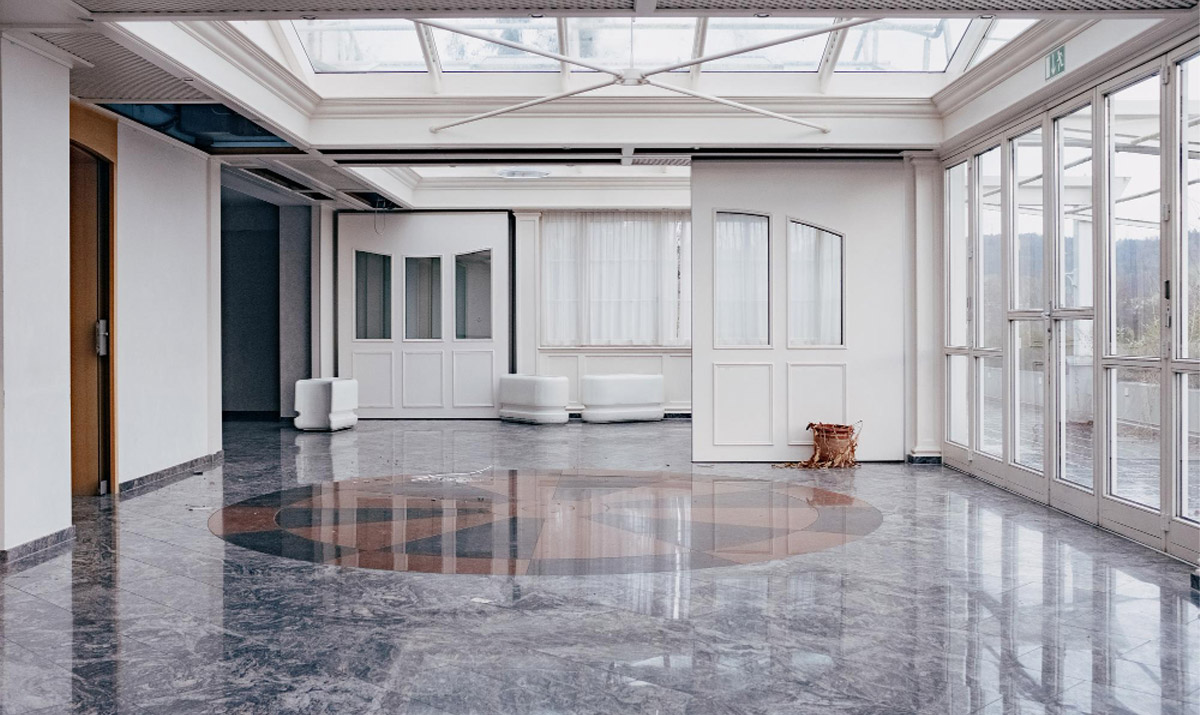Posted in blog, Waterproofing
Things You Should Be Aware of About Damp Walls
Looking for the best cure methods for damp walls? With this blog, you will get an idea of how to get rid of it.
Floor 2 Terrace Protection LLC is a leading provider of high-quality waterproofing solutions for commercial, industrial, and residential clients.
Table of Contents:
- What is Damp in the Wall?
- What Are the Common Causes of Damp Walls?
- Does the Weather Cause It?
- How to Notice a Damp Wall in the Beginning
- How to Cure Damp
- FAQs
What Is Damp in the Wall?
Damp walls are the presence of unwanted moisture in the wall structure of a building. This excess moisture can come from various sources, such as weather conditions, leakages from plumbing, steam, or even groundwater rising from the soil. The untreated damp on internal walls can cause various issues from peeling paint and fungal growth to a persistent noisome and even damage.What Are the Common Causes of Damp Walls?
Here are the common causes of damp walls; you should be aware of them to get effective damp proofing walls.1. Water ingress:
This commonly occurs when moisture enters through plumbing leakages, damaged drainage systems, or damaged roofs and wall cracks, or poorly sealed windows.2. Steam:
When the warm and moist indoor air combines with a cold wall surface, it becomes water droplets. The lack of good ventilation creates damp walls — a common issue in bathrooms, kitchens, and basements.3. Growing Damp:
Groundwater can get into the wall via capillary action; it generally appears in older buildings or where the foundation lacks a proper damp-proof course (DPC).4. Faulty Construction:
The low-quality materials and skipping important procedures like waterproofing will cause damp walls. Always be aware of using high-quality materials and ensure following each and every procedure carefully.Does Weather Cause Damp Walls?
Yes. Weather is also a crucial factor in causing damp patches on walls.- Heavy rain can lead to water ingress through cracks.
- High-humidity steam.
- Snow can make moisture into walls if there is no proper waterproofing in place.
How to notice damp walls in the beginning?
Noticing damp walls at the beginning stage can save your time, money, and home.- Wet patches are the clear signs of moisture in specific wall areas.
- Discolouration in walls, like yellow, brown, and dark stains from moisture and fungus.
- Peeling the paint lifting away from the wall surface.
- ‘Noisome’ refers to a strong, unpleasant smell associated with dampness.
How to Cure Damp Walls?
Removing damp on internal walls includes identifying the main cause, preventing further moisture entry, and protecting the wall surface.1. Identify and prevent the source of damp walls.
- Check and repair damp-proof courses to improve ground drainage.
- Repair external cracks, repair roofing, and fix damaged drainage.
- Improve the ventilation in moisture-heavy rooms.
- Check and repair leaking pipes.
2. Upgrade Ventilation.
- Open windows will help to allow regular airflow.
- Place exhaust fans in bathrooms and kitchens.
3. Ensure waterproofing.
- Install DPC or repair to block rising damp.
- Moisture-resistant paints or sealants to interior surfaces.
4. Further Preventive Tips
- Regular inspection
- Maintain a balanced temperature.
FAQ
No. It can cause peeling, it is good to paint after fixing the damp walls.
Yes. Professionally installed DPC can last a long time.
Yes. A damp wall causes fungal growth, and it can cause allergies and asthma problems.
If the root cause is not fixed properly, it may lead to the return of damp in the wall.





